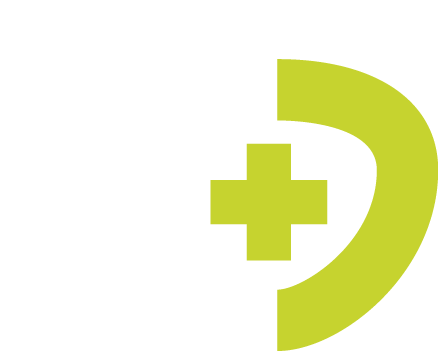Sweden is currently undergoing several exciting developments in the area of healthcare workforce development. Recently, we received the first batch of data from Statistics Sweden, providing us with preliminary monthly updates on workforce employment status from 2020-2024. This data will offer valuable insights into how the aftermath of the COVID-19 pandemic has impacted our workforce. Additionally, we are preparing to release our second report on nurse mobility patterns, which shows an interesting trend—many nurses begin their careers in public healthcare and later transition to the private sector. This shift has significant implications for Sweden’s ability to maintain a workforce chain where senior staff can mentor and guide newly graduated professionals in hospital and primary care settings. The study will also provide a deeper understanding of labor market conditions across various counties in Sweden.
At the National Board of Health and Welfare, we are currently gathering data on healthcare consumption in child and adolescent care, as well as dental care, and analyzing it against regional variations, socioeconomic factors, comorbidities, and social determinants. This work is strategically important as it will highlight gaps in our current care models and care chains, informing future resource allocation to ensure that we direct public resources for equability care and the best possible patient outcomes.
Building on the HEROES stakeholder analysis, we have initiated several innovative development projects this year in collaboration with WHO Europe, Lund University, the research foundation Leading Healthcare, and County Halland.
In partnership with WHO Europe, we are conducting a system analysis to understand the driving forces influencing child and adolescent care, as well as dental care. Moreover, we are collaborating with WHO Europe and a group of countries to explore how the Safety-II framework, used in other safety-critical industries, can be adapted to assess operational risks in healthcare in Sweden. This framework embraces a humanistic approach, viewing the workforce as a resource and shifting the focus from risk minimization to learning from successes.
Another key collaboration is with the research foundation Leading Healthcare, where we are analyzing the role of professional associations and unions in fostering innovation in healthcare delivery. Based on the insights from this work, they will develop dialogue materials. This is crucial as these organizations, alongside higher education institutions, shape the professional identities of our healthcare workforce. Additionally, in collaboration with Lund University, we are mapping licensed professions’ education programs to better understand overlaps and difference within and between these professions. This work is essential for ensuring that future education aligns with the evolving needs of the healthcare sector, particularly in light of advancements in machine learning and precision health.
Together with WHO Europe, we are also piloting a capability framework and developing forecasting models that include overlapping groups of professions working together. These models will help us better understand the current capabilities of the healthcare workforce and predict what will be required in the future. This tool will be invaluable in shaping both short- and long-term strategies to meet healthcare needs.
Sweden is excited about the opportunities presented through the HEROES project. Leveraging international expertise and adapting it to the local context is critical to ensuring that we sustain the social contract between Swedish citizens and the public healthcare system. Our ability to transform the healthcare system to meet increasing demands, while concurrently developing the system, requires joint efforts at multiple levels. Together, we are building a sustainable, resilient healthcare workforce for the future.




